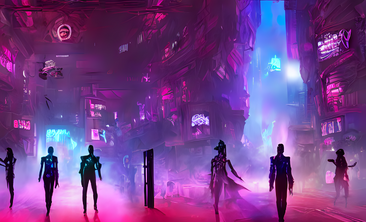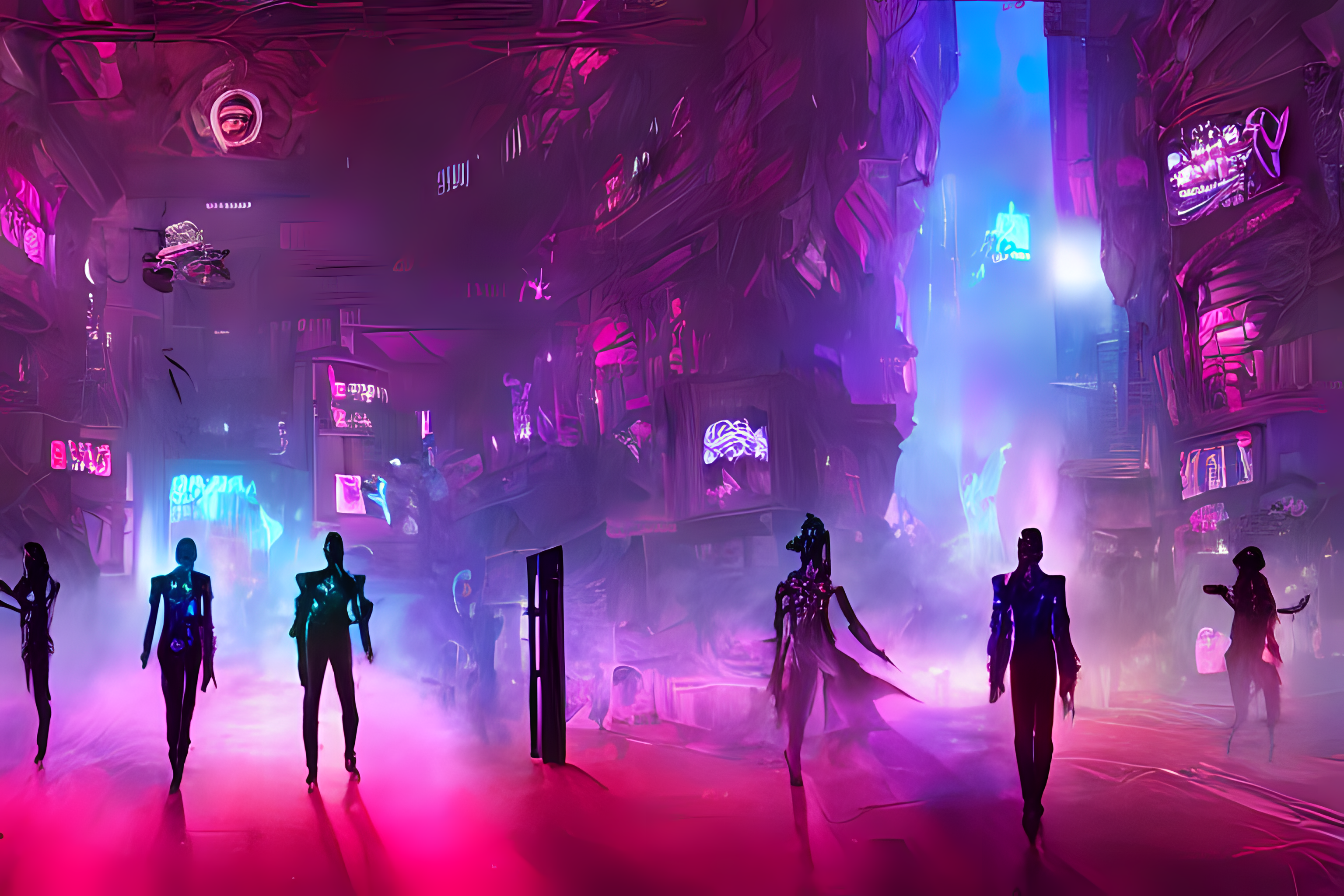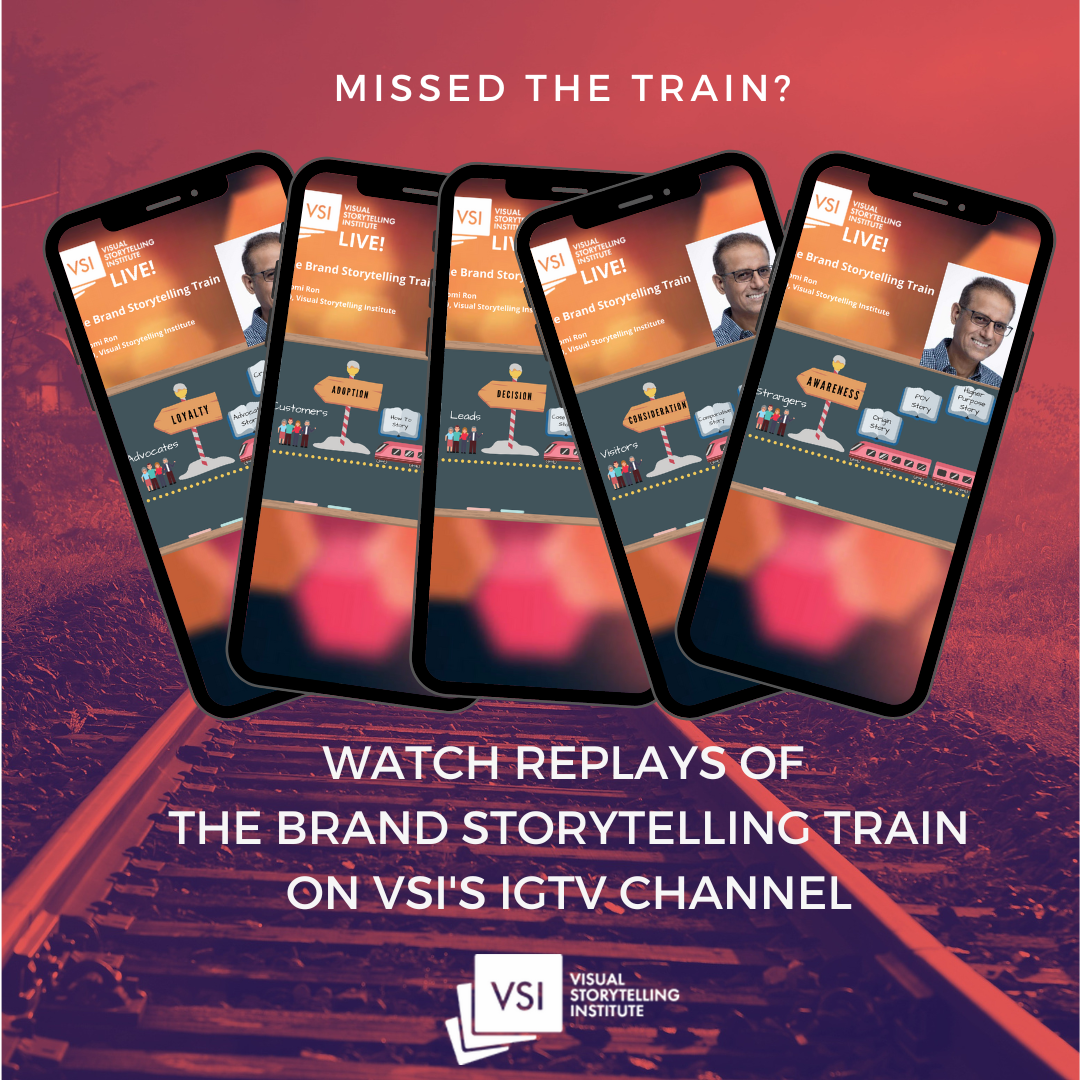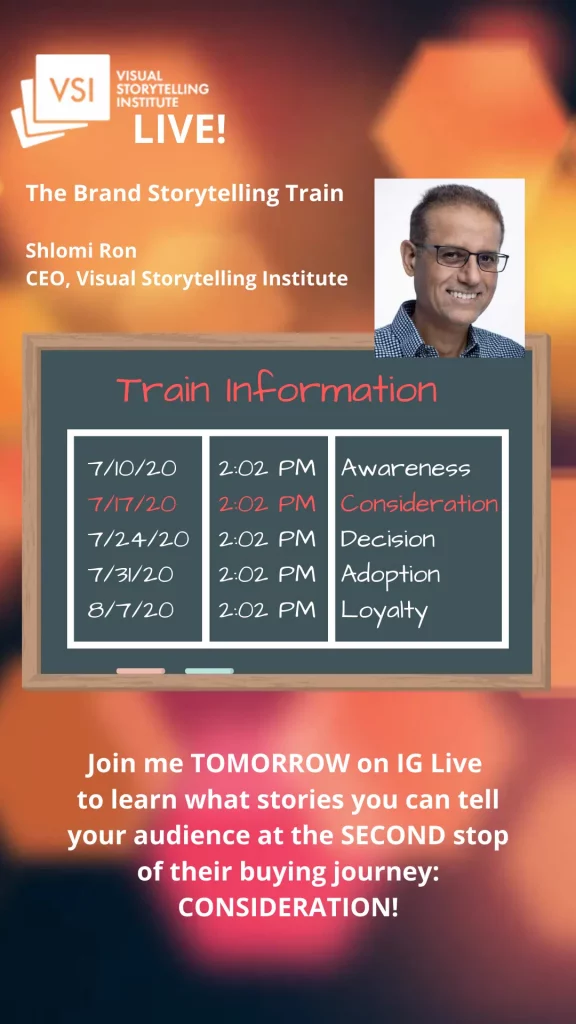
How to Tell A Memorable Story
How to Tell A Memorable Story https://www.visualstorytell.com/wp-content/uploads/2022/11/How-to-tell-a-memorable-story1.png 366 222 Shlomi Ron Shlomi Ron https://secure.gravatar.com/avatar/995c0cf093380b90c7704fda398c9addf4e5c605afbc92af5c3f01f67d65aa41?s=96&d=mm&r=g- Shlomi Ron
- no comments
As you’re spreading your brand narrative far and wide, do you sometimes have trouble coming up with ways to tell memorable stories?

Yep! Those stories that stuck in your mind, and even years later you still find yourself sharing them with people
How to Tell A Memorable Story
When you look at the various ways brands tell stories that stick, one of the most creative tactics is telling a story by using a language from a completely unrelated field.
Check out these examples:
Gold Star Example
One of my favorite examples for this approach, is the 2015’s IKEA: Experience the power of a bookbook™.
Although it’s not a classic three-act story structure the narrative principle is unique.
The challenge: The BBH Asia Pacific agency ran into a real challenge:
How do you make a traditional marketing tool like Ikea’s print catalog seems special, in a growing culture of digital devices that threaten to replace books?
The solution: The surprising solution they chose can literally be summed up with: “if you can’t fight them spoof them!”
The narrative works in a manner that parodies the current obsession with modern technological gadgets such as tablets and smartphones, and done in a style that mimics how Apple often introduces its new consumer products.
It works because it offers a fresh angle that is timely yet unexpected.
The use of humorous spoof on Apple with the over-the-top excitement over new tech devices – immediately captures attention and sticks.
It stuck in my mind and many others.
It only takes a few seconds to notice the unusual narrative logic, release a chuckle and the urge to share with others the joke.
It also made me think about all the things we take for granted when interacting with physical vs. digital objects: The battery life for a print catalog is eternal 🙂
Another key factor for why this approach is effective is the form and function alignment of a print catalog and a digital tablet.
Results: This award-winning campaign ran in Singapore & Malaysia where IKEA achieved an 8% and 13% YOY sales lift. The video you’ve just watched by now has globally garnered 19 million views.
Closer to Home Example
You might say, well this Ikea example is cool and all, but what if I don’t have this kind of budget and resources?
Great point, so meet The Brand Storytelling Train, I created back in 2020.
You might say, well this Ikea example is cool and all, but what if I don’t have this kind of budget and resources?
Great point, so meet The Brand Storytelling Train, I created back in 2020.
One morning, I came across a visually-rich story about a rural Canadian train – in the protagonist role – that weaves together diverse human stories along its track.
The above photo you see got stuck in my mind for days later.
I realized this train is essentially connecting people and stories along its journey.
Wait a minute!
This could be a great visual metaphor for the buying journey and the different stories brands could tell at each stage.
Bingo!
When you think about it, a customer’s purchase journey practically follows the classic 3-act story structure: Setting, Conflict, and Resolution.
And the train metaphor perfectly offers function and form alignment!
That’s how The Brand Storytelling Train, a 5-part Instagram Live series – came about.
For 5 weeks, I explored every Friday at 2:02 PM ET (trains’ typical weird departure times) the various stories brands can tell their audiences at each of the 5 stops of their buying journey: Awareness, Consideration, Decision, Adoption, and Loyalty.
Each 20-minute live video show focused on a different stage featuring base logic, examples, tip of the day and interactive Q&A.
The promotion copy also continues the train world-building strategy:
Passengers for the VSI Live! show, your next #BrandStorytellingTrain to DECISION is arriving TODAY at 2:02 pm ET departing from VSI’s IGTV platform: https://bit.ly/vsiiigtv
The visual strategy – like the above – also supported the train metaphor with the Train Information chart showing departure times to future destinations.
Results: The program generated qualified leads for VSI and received rave reviews engagement:
“Great use of Instagram Live. Love the series of videos linked from one to the next. Really clear.”
“Thank you Shlomi for another great ride on your story train! My takeaway is how to think about the use of story when it comes to the decision process of the customer. I love the focus on the customer and how to meet them where they are in their journey with story strategy.”
To this day I use it as an example for both how to generate story ideas and how to put together a visual story.
If you’d like to dig deeper, check out my lessons from creating this program.
As you’ve seen, parody and spoofs are quite effective in triggering positive emotions that cross over to brand perceptions and purchase intent.
Granted, there is a ton of other brands that adopted this approach, I figured I’d zoom in today on those two creative approaches.
Another important message is that you can find inspiration for making your stories stick pretty much from anywhere; random chat with a friend, a TV series that made you think, an article you liked (just like it happened to me), and much more.
It’s all about connecting unrelated dots that share form, function and meaning into a fresh new story.
The trick is to let your mind zoom out in order to zoom in.
What do you think? What tactics are you using to make your stories more memorable? Feel free to drop your comments below.
This was a sneak preview from my weekly Visual Storytelling Newsletter. Subscribe now and also receive a FREE copy of my Top 20 Visual Storytelling Tips Picture Book.
- Posted In:
- Case studies
- Design
- Images
- Story Visualizing
- Videos
Shlomi Ron
Shlomi Ron is the founder and CEO of the Visual Storytelling Institute, a Miami-based think tank with a mission to bring the gospel of visual storytelling from the world of art to more human-centric and purpose-driven marketing. A digital marketing veteran with over 20 years of experience working both on the agency and brand sides for Fortune 100/500 brands such as Nokia, IBM, and American Express. He started VSI to combine his marketing expertise with his passion for visual stories stemming from his interests in classic Italian cinema and managing the estate of video art pioneer, Buky Schwartz. At VSI, he helps brands rise above the communication noise through visual storytelling consulting, training, and thought leadership. Select clients include Estée Lauder, Microsoft, and Cable & Wireless – to name a few. He currently teaches Brand Storytelling at the University of Miami’s Business School. Thought leader and speaker at key marketing conferences. He is also the host of the Visual Storytelling Today podcast, which ranks in the top 10 best business storytelling podcasts on the Web. His book: Total Acuity: Tales with Marketing Morals to Help You Create Richer Visual Brand Stories. Outside work, he is a nascent bread baker, The Moth fan, and longtime fedora wearer likely to jive with his classic Italian cinema interest.
All stories by: Shlomi RonYou might also like
This site uses Akismet to reduce spam. Learn how your comment data is processed.








Leave a Reply